Today, the affair of dining is no longer confined to an everyday custom but also occasionally embraces a rejuvenating ambiance and experience for gratification. Michelin-starred restaurants transcend the mere provision of delectable dishes, intertwining culinary mastery with an immersive and meticulously crafted experiential design.
The discrete proficiency of restaurants to serve delicious delicacies in unconventional environments makes outdoor dining a popularly sought-after experience. The regularity of such fine dining events is rising, and restaurants worldwide are now striving to refine their experience in many comprehensive ways. This competency is evaluated with reference to the Michelin Guide, which awards star ratings.
Retracing time to the turn of the 20th century, the first Michelin Guide was compiled in 1900 and had very little to do with cuisine. It was in fact, published as a business proposition by the French industrialist brothers and Michelin Tyre founders Andre and Edouard Michelin to promote demand for automobiles and, consequently, their Michelin tires. The guide originally included maps, instructions on changing or repairing tires, and a few insights on popular restaurants, hotels, mechanics, and gas stations en route in France.
With the turn of events after World War I, the Michelin brothers recouped their strategy and expanded the quality of the guide to include star ratings for restaurants. Starting off in 1926 by awarding a single star to qualifying fine dining establishments, the guide soon grew more popular for its restaurant rankings than its wheels. In 1931, this was furthered by the Michelin 3-star rating system, which continues as a symbol of undisputed excellence. The Michelin stars are, however, accorded to restaurants and not chefs as they are based on an all-inclusive experience of ambiance, service, presentation, quality, and consistency and not just culinary mastery alone.
What are the Peculiar Design Characteristics of Michelin Star Restaurants?


In the modern context, the art of gastronomy also regards the design of a restaurant’s ambiance as much as it assesses its culinary excellence. The most vital design features that bring about an experience of fine dining are mentioned as follows.
Originality of Experience
While chefs endeavor to strike a chord through their dishes by pushing the boundaries of culinary conventions, the same is anticipated from the Michelin-star restaurant’s design layout. An approach that acclaims context and undeniably emphasizes creating a unique and naturally comfortable social experience for its visitors is praiseworthy. For instance, the Ling Ling restaurant in Mexico City recreates the ambiance of a traditional Mexican courtyard for its guests on the 56th floor of the skyscraper. The restaurant fabricates an earthly and grounded vibration through its design elements, such as wooden vaults resembling portico structures, a dining area interspersed with vegetation, soft illumination that mimics sunlight, and clear glazing that boasts openness and expansive city views. Thus, designs that exude a sense of place go a long way in delighting its occupants.
Minimalistic Approach
Since guests today prefer soothing environments that stimulate relaxation and foster comfort, the presentation of both food and ambiance with simplicity, quality, and coherence is highly revered at Michelin Star establishments. To avoid shifting the focus from food, the design of Michelin-star restaurants only reinforces the dining experience with minimalism. They express an uncluttered and refined elegance of dining spaces through high-quality and luxurious furnishings alongside premium materials, finishes in neutral color palettes, and custom-designed lighting that creates an intimate atmosphere.
Attention to Detail
Quoting the American architect Mies van der Rohe, “God is in the details,” attention to minute elements and functions is a fundamentally observed characteristic at Michelin Star restaurants. This is not just limited to the served cuisine but extends beyond to include diverse elements of its ambiance regulated by the seating organization, material finishes, play of lights, supplemented decor, choice and design of tableware, etc., contributing to a fulfilling dining experience.
Evoking Emotions
A significant criterion of Michelin Star restaurants is the ability to evoke pleasant emotions that remain etched as a fond memory with the visitors. Through sensitive architecture, Michelin restaurants curate an experiential design for people, instilling a sense of remembrance in them. The perceived essence of various architectural components such as lighting, sound, surface colors and finishes, layout and furniture, and decor is therefore imperative in driving different narratives that accordingly influence impression, moods, and behavior.
4 Exemplary Michelin Star Restaurants You Must Explore
The enumeration of Michelin Star awardees includes many new restaurants each year. Even so, there stand some classics that are idolized for the fine-dining experience they offer, the most aesthetic ones of which are elaborated below.
1. Eleven Madison Park, USA
Design: Brad Cloepfil and Allied Works
Location: New York, New York, US
Located at the heart of New York City, this restaurant originally opened as a Danny Meyer-owned bistro in 1998, following which the ownership shifted to Will Guidara and Daniel Humm in 2008. The restaurant received three Michelin Stars in 2012 and ranked 1st on San Pellegrino’s World’s 50 Best Restaurants for 2017. Brad Cloepfil and Allied Works’ designers designs its present-day interpretation.
The renovation of this room in 2017 drew inspiration from both nature and the restaurant’s past as it reorganized everything below 6 feet in height and restored nearly all elements above it. The original overwhelming yellow paneling is now substituted by a more neutral and earthy palette with only light touches of wood. Large mirrors are added to reflect natural light from Madison Park across the road while the Art Deco pendant lights, fluorescent rail, reliefs on walls and ceilings and the revolving door are retained.
The tactile furniture, customized carpet, and other ornamentation in the room are envisioned to dispense a comfortable impression for the duration of the dining experience. The architect also designs minimalist tableware with elegant proportions to elevate the experience of Chef Humm’s culinary masterpieces.
2. Sazenka, Japan
Design: Crow Studio
Location: Tokyo, Japan
Conceptually combining Japanese soul with Chinese learnings, this restaurant is located in a quiet residential area of Azabu in Tokyo. Chef Tomoya Kawada launched this venture in February 2017 upon his return to Japan, and the Crow Studio designed it. With three Michelin Stars to its credit, Sazenka ranked 11th on Asia’s 50 Best Restaurants in 2022.
Designed to offer a relaxed and luxurious dining experience, Sazenka was historically the residence of an ambassador, and it was later remodeled into a Chinese restaurant. Guests are thus guided to the entrance through an enclosed bamboo forest, where they are welcomed by a display of Chinese tea tools that reflect the essence of the restaurant’s name.
The interior is completed in high-quality materials like stucco and warm walnut. The soft lights create a play of light and shadow in the dining area. Minimal and clean details of the flooring, ceiling, and other decor additions further elevate a sophisticated dining experience here.
3. Mirazur, France
Design: Vittorio Grassi Architects and Rick Mather Architects
Location: Menton, France
Rated with three stars by the Michelin Guide, Mirazur restaurant in France is also located close to the Italian border. It has featured in the World’s 50 Best Restaurants since 2014 and was crowned first in 2019. The project, designed by Vittorio Grassi Architects, restored and converted a 1950’s building to a restaurant bar with banquet rooms, staff accommodation and a garden to grow aromatic herbs.
The renovation respects the site context and uses simple, lightweight material finishes and furniture in white render to dispense a sense of comfort and relaxation. The openings are remodeled with wider widths and transparent glass to absorb a better panoramic sea view and allow more infiltration of natural light. The cocktail terrace has a built-in bar counter that projects out from the wall towards the sea and oversees the garden of herbs, and also a room for private functions. The structure emphasizes lightness and seems like a vessel ready to sail.
4. Ikoyi, The United Kingdom
Design: David Thulstrup
Location: London, UK
Designed by the Copenhagen-based designer David Thulstrup, the 150-square meter restaurant is located on the ground level of the brutalist building 180 The Strand in London. Since opening its doors in 2017, the restaurant has crafted its menu based on seasonal British produce and spices from sub-Saharan West Africa and has been awarded 2 Michelin Stars.
The earthy and rustic palette of interior finishes bears reference to the original form and color of the ingredients used and also reflects the boldness and intensity of gastronomy delivered by the founders- Jeremy Chan and Ire Hassan Odukale. Predominantly finished in copper and oak, the surface and furniture materials are thoughtfully juxtaposed to stimulate warm and cold sensory abilities. A striking attraction at this restaurant is also the curated metal-mesh panels that curve up from the windows to cover the ceiling. Conceptually based on sifting spices through a sieve, the mesh is designed to capture and reflect light coming from outside and sift the light from inside the restaurant towards the street.
In conclusion, the Michelin Star Rating System recognizes and rewards the holistic dining experience furnished at a restaurant. It credits efforts that acknowledge and offer a treat to all five senses through culinary excellence and spectacular ambiance. This inevitably brings in the role of architects and designers to furbish extraordinary spaces that are curated to enhance and elevate the fine dining experience specifically.




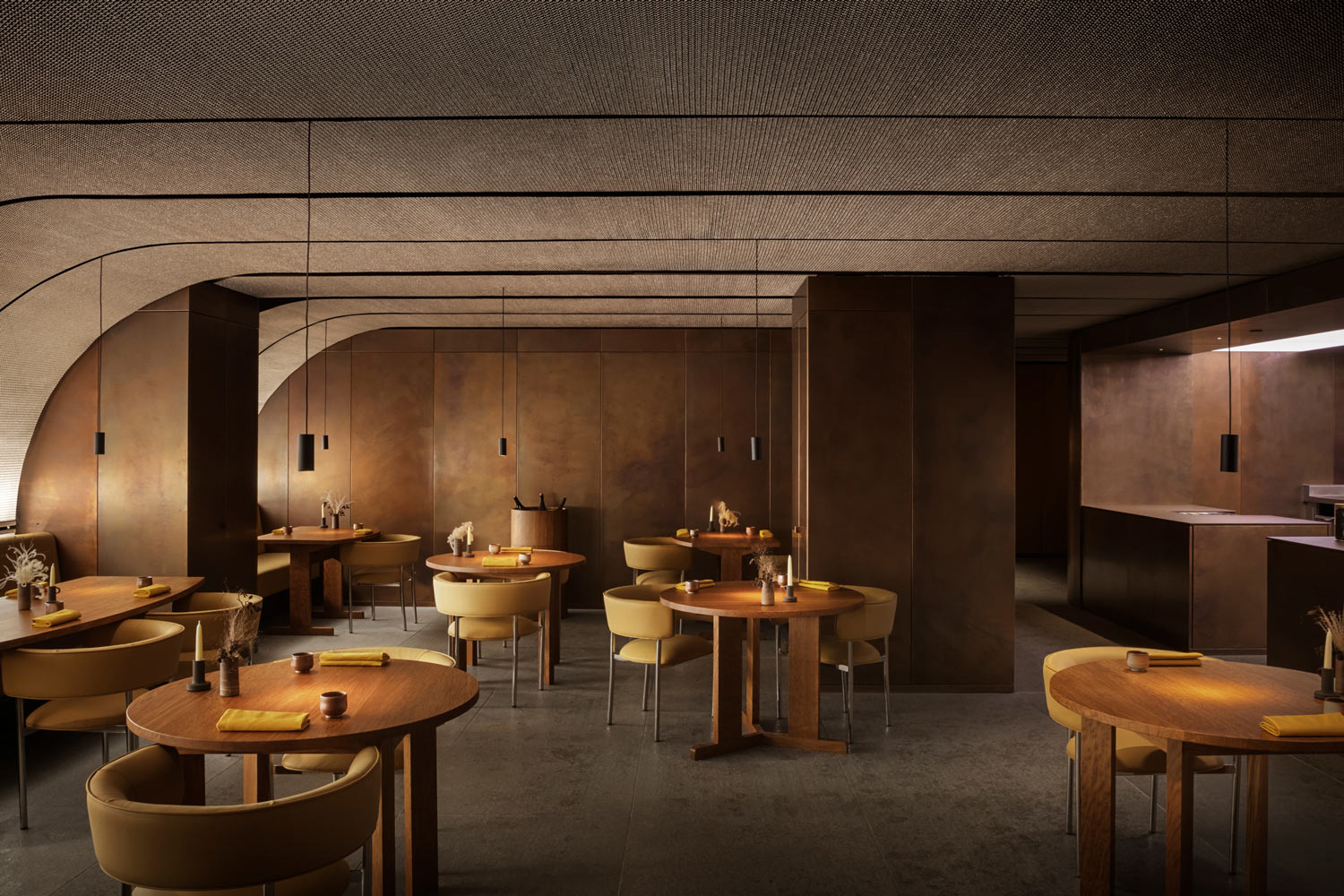
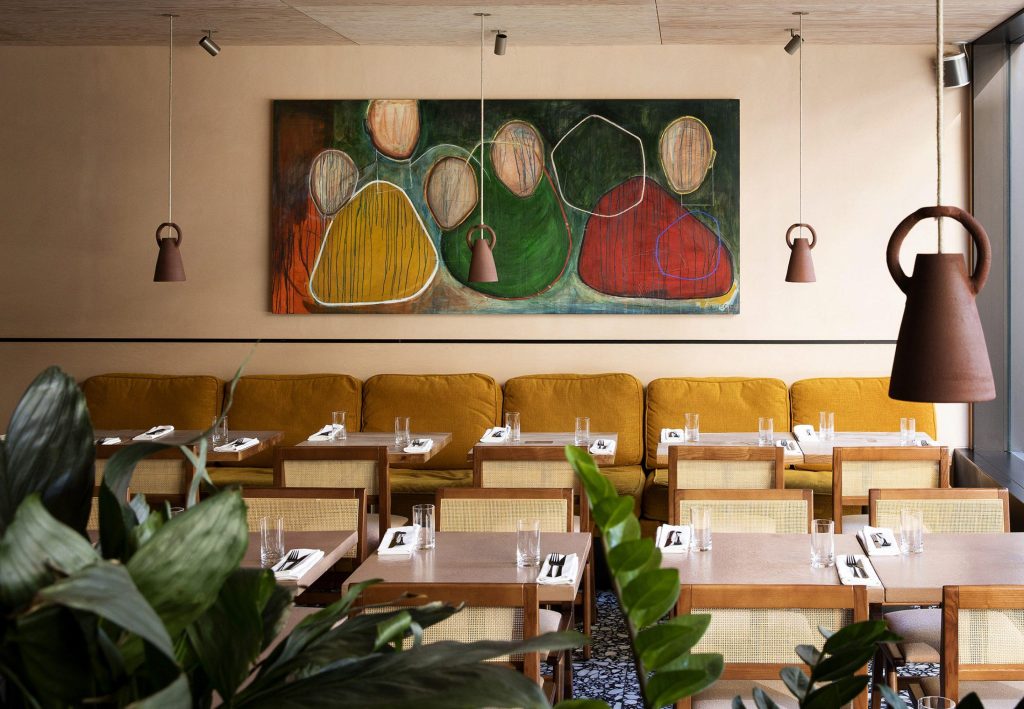
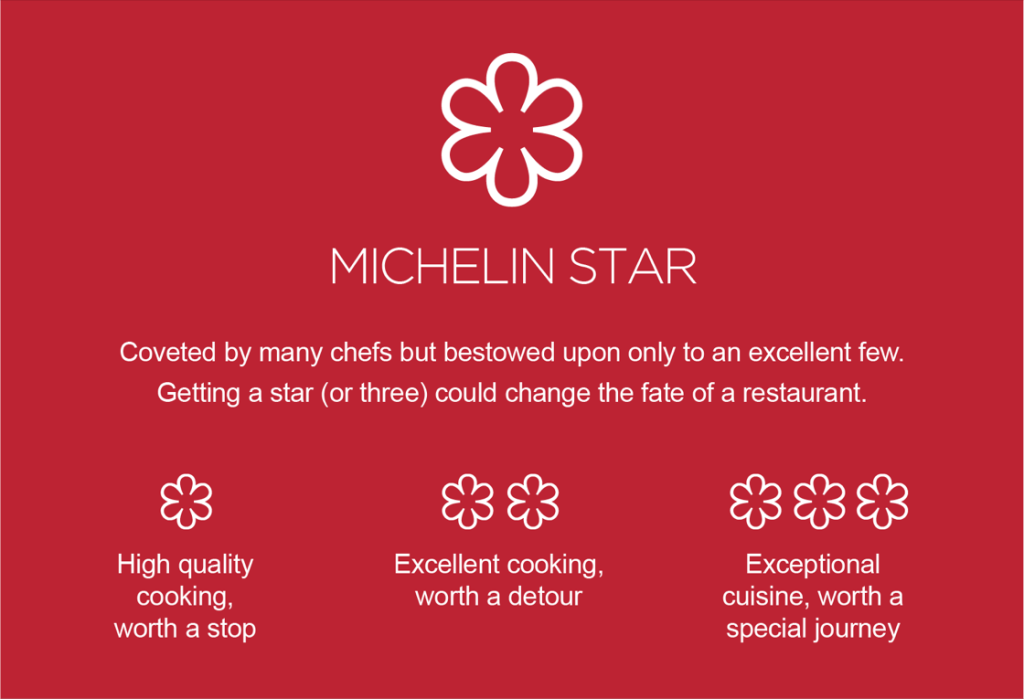

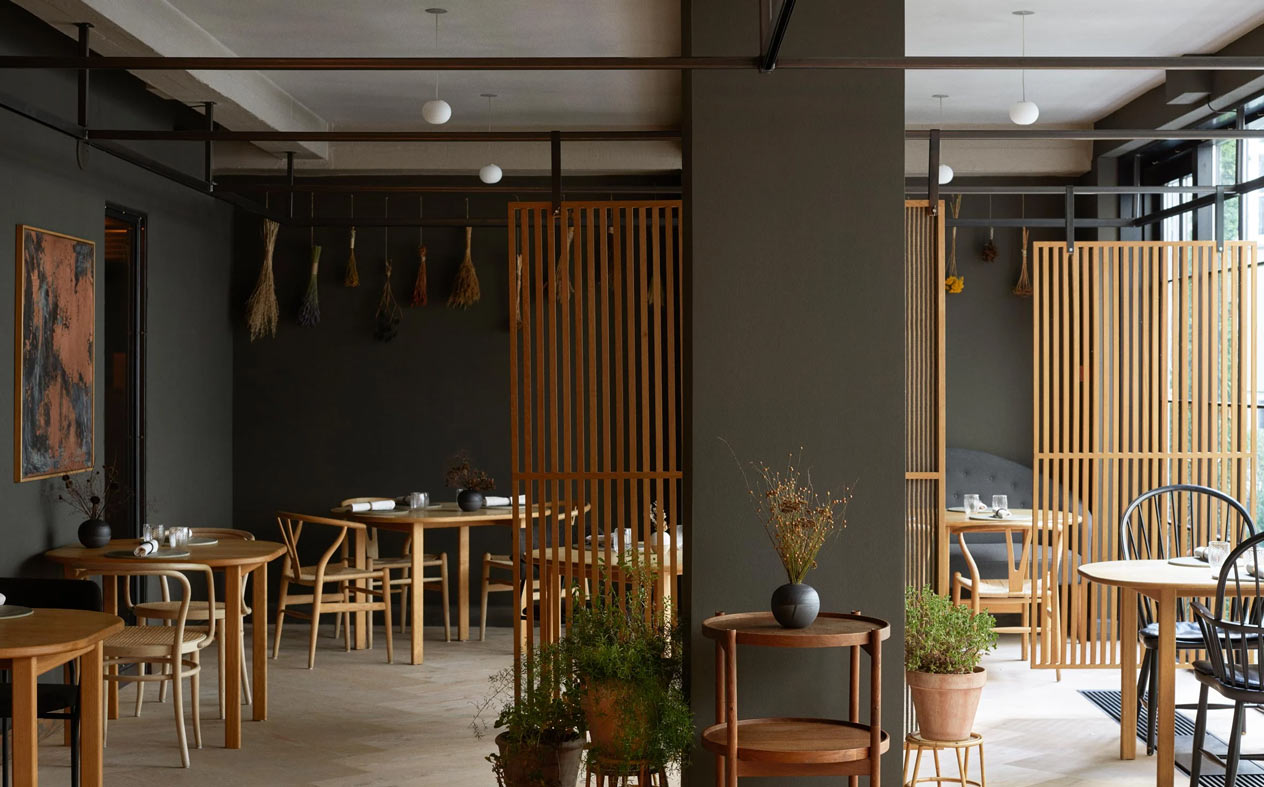
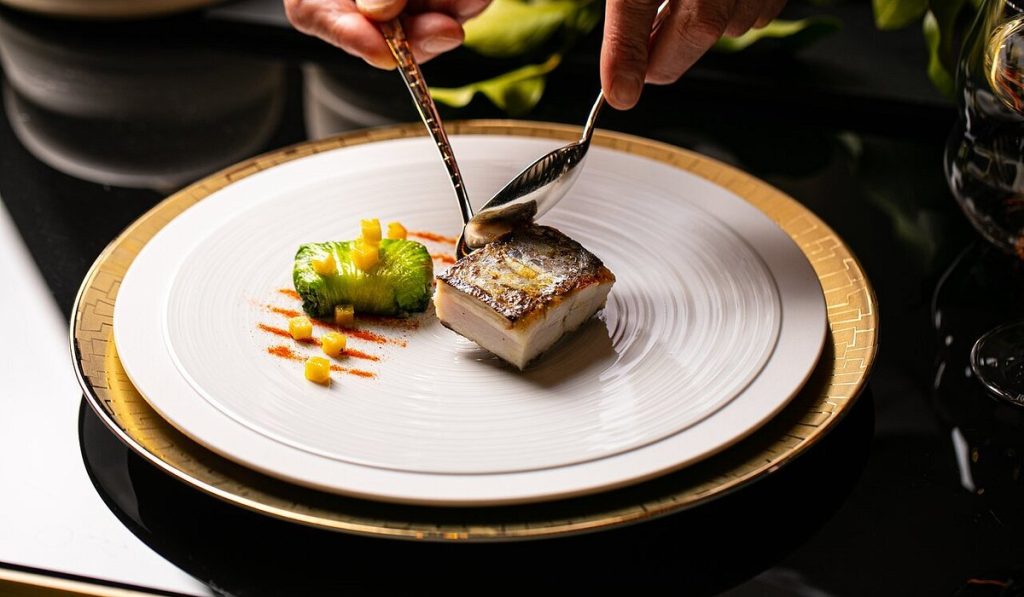
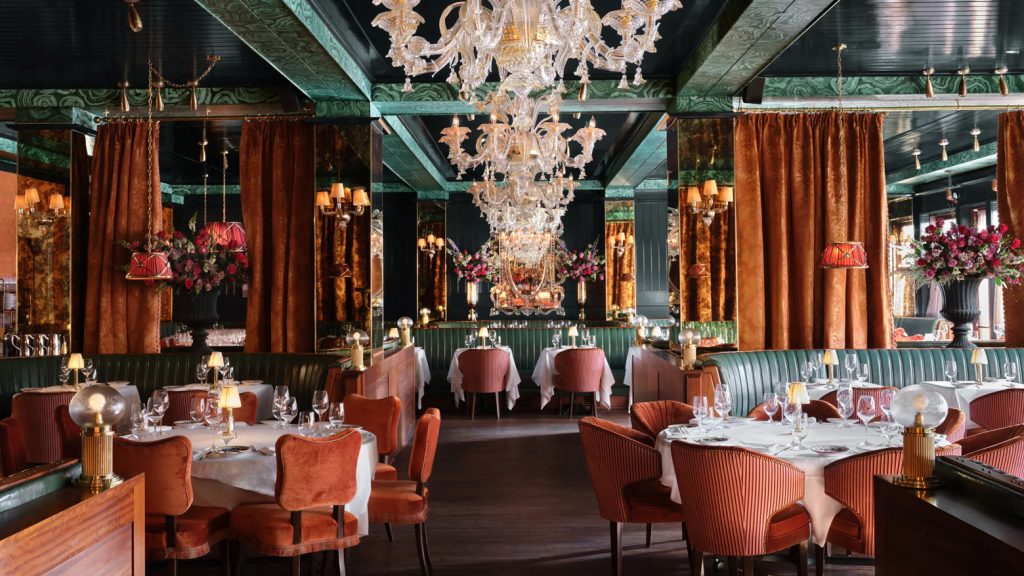
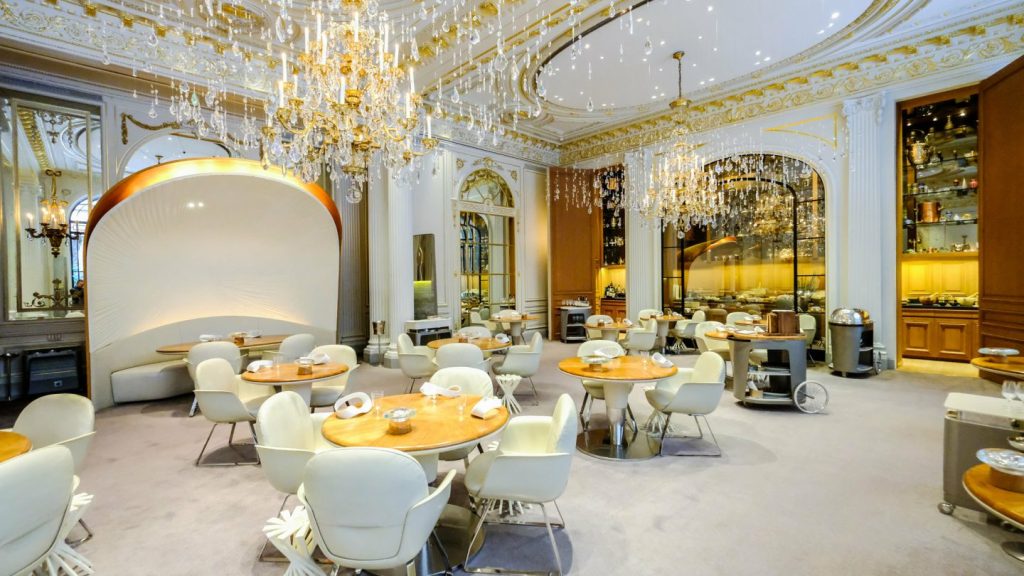
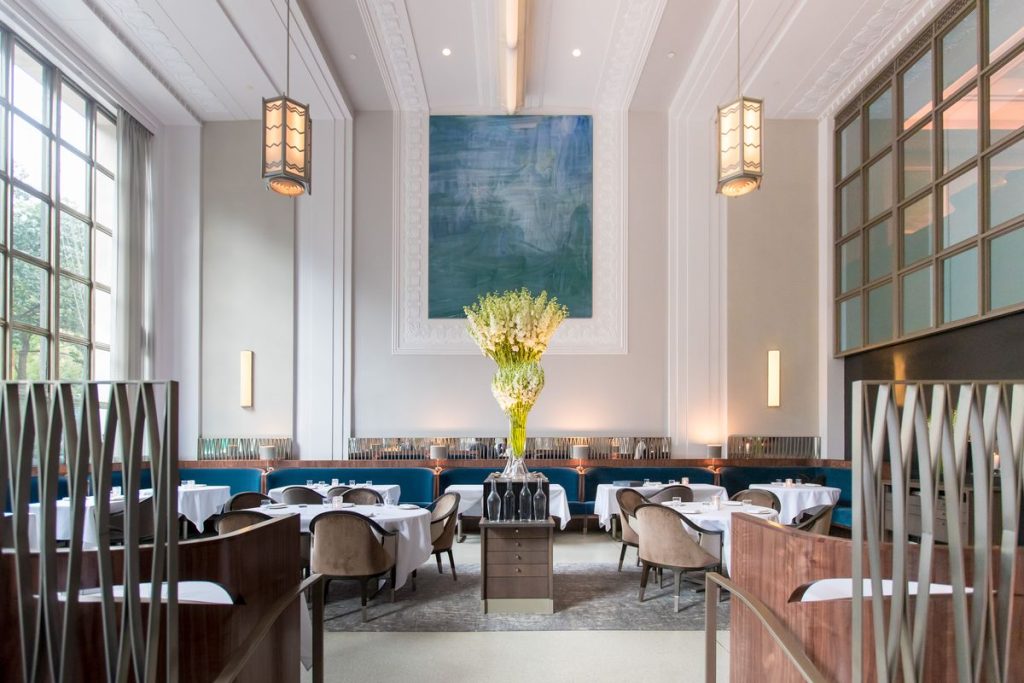
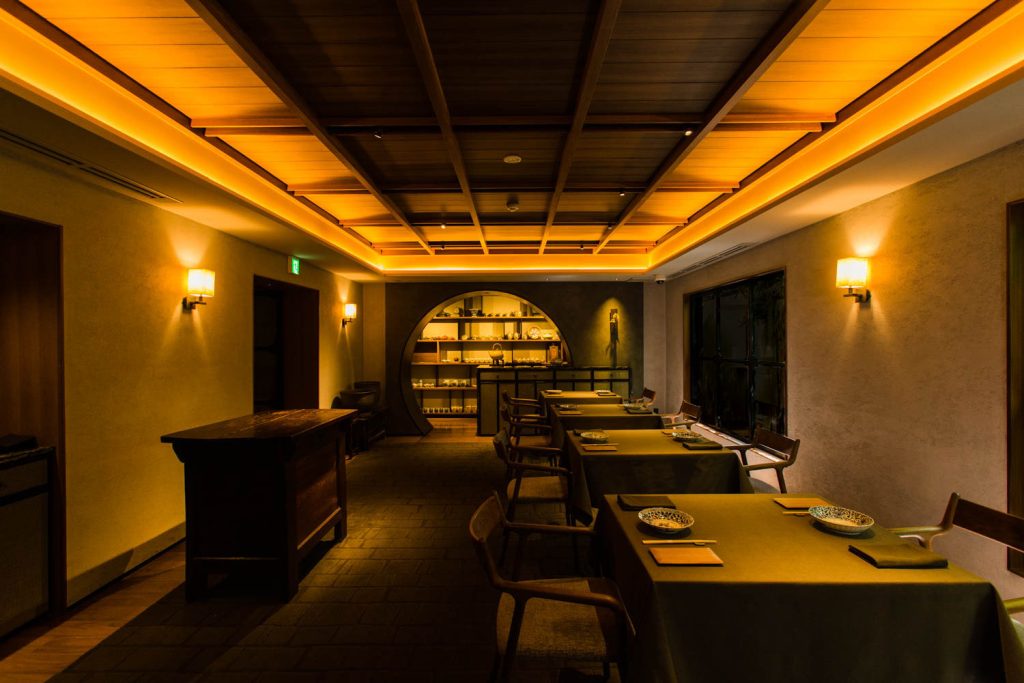
















Leave a comment